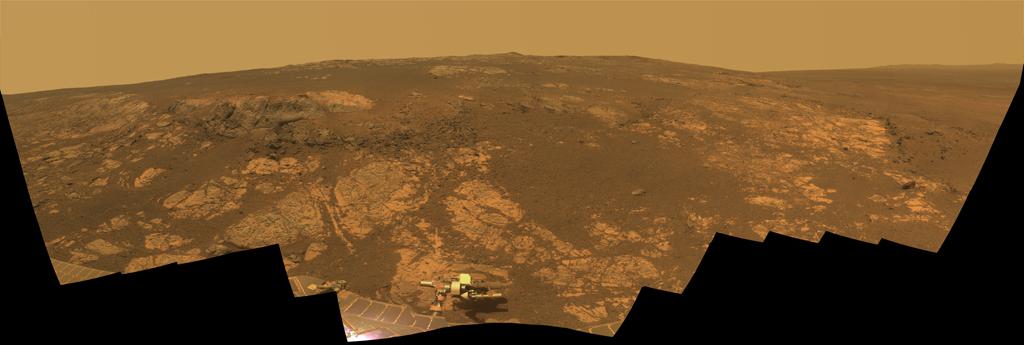Despite having been placed on the governmental back burner due to lack of funding, NASA and its work in space research has continued to be a hot topic.
For the 2012 fiscal year, the space administration was allotted $17.8 billion in government funding, $648 million less than the previous year. This budget cut was largely due to the unstable state of the economy, as the House of Representatives originally proposed a $1 billion cut from 2011.
NASA’s new rover, Curiosity, has been collecting information on the Martian landscape since its landing in August. Its precursor, Opportunity, saw the ninth anniversary of its launch on January 25, a feat deemed impressive by many scientists because to the rover’s initial tour was slated for three months.

Curiosity, Opportunity, and many other missions were pioneered by NASA to investigate various parts of Mars, searching in particular for signs that indicate if the planet once harbored life. Evidence of water has been pinpointed in clay deposits and other minerals that form in the presence of water. The carbon detection abilities of Curiosity will be able to further analyze the deposits in a mountain that the new rover is projected to explore later this year. Pictures from the Mars Reconnaissance Orbiter are also showing that the giant McLaughlin Crater was once fed by groundwater, another hopeful indication of life.
Should these predictions be verified and life found on Mars, it would give scientists a way to investigate how life originated on Earth. Three of the 34 Martian meteorites found on Earth showed the possibility of past life on Mars, which suggests that early life forms here may have originated there.
NASA’s exploration for possible signs of life haven’t been limited to the Red Planet, either. On January 7, the Kepler telescope mission announced the discovery of 461 planet candidates between 2009 and 2011. Citizen scanning of the Kepler data, performed by Yale University’s Planet Hunters project, found 42 more last month, including fifteen that may be in habitable zones. These zones are characterized by a temperature just right for liquid water to exist, a crucial condition for life.
With Russia planning on another lunar probe and the United States looking into an Asteroid Impact and Deflection Assessment program to target the binary asteroid Didymos, space exploration will continue to fascinate and provide us with invaluable information. Funding issues will continue to be a concern, between the economy and more down-to-Earth programming that needs government assistance. However, funding for such a program is integral to the existence of our existence, not only as humans but also as life forms in general. Continuing the support will enable both scientists and the common person to understand ourselves and life around us.






